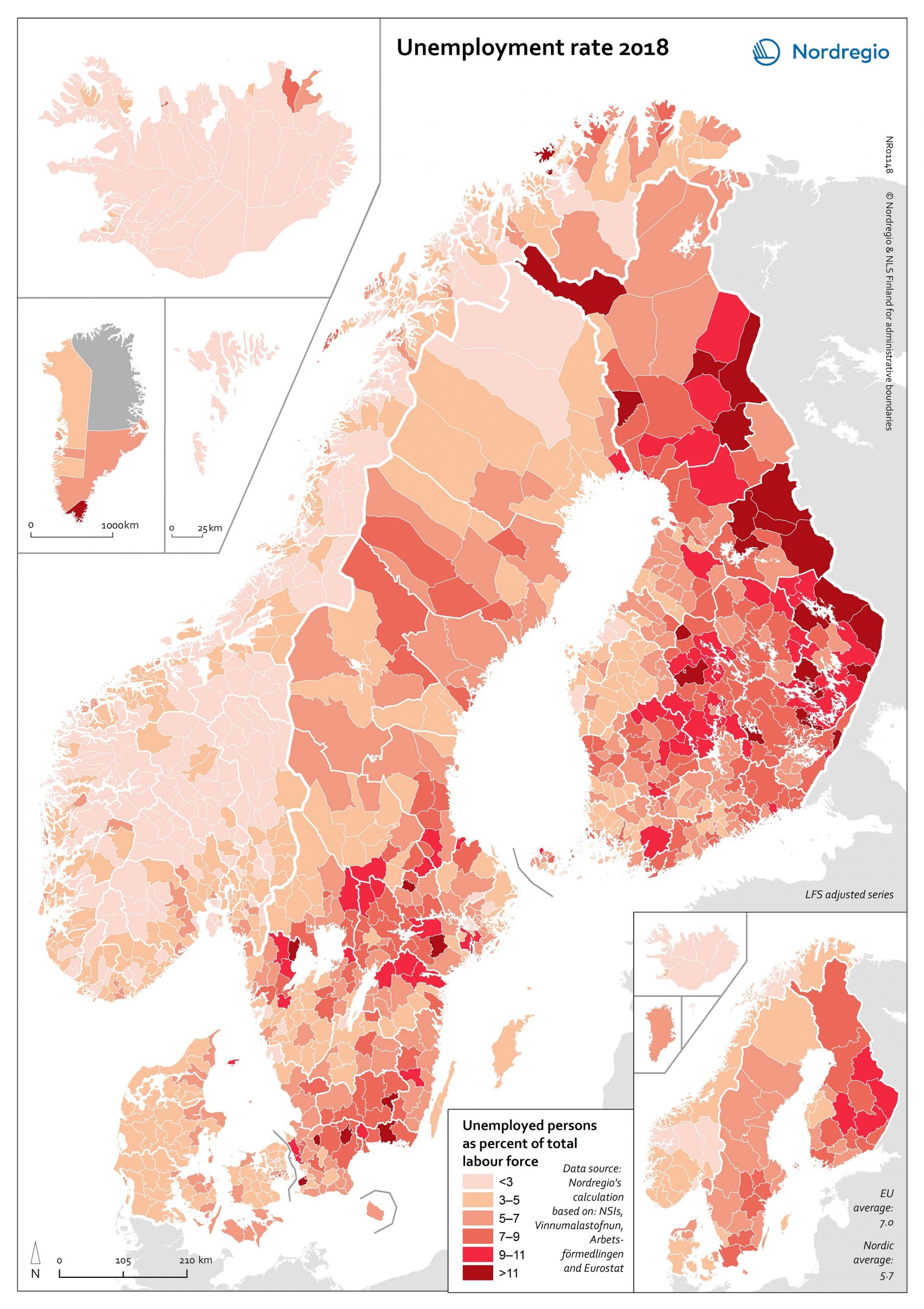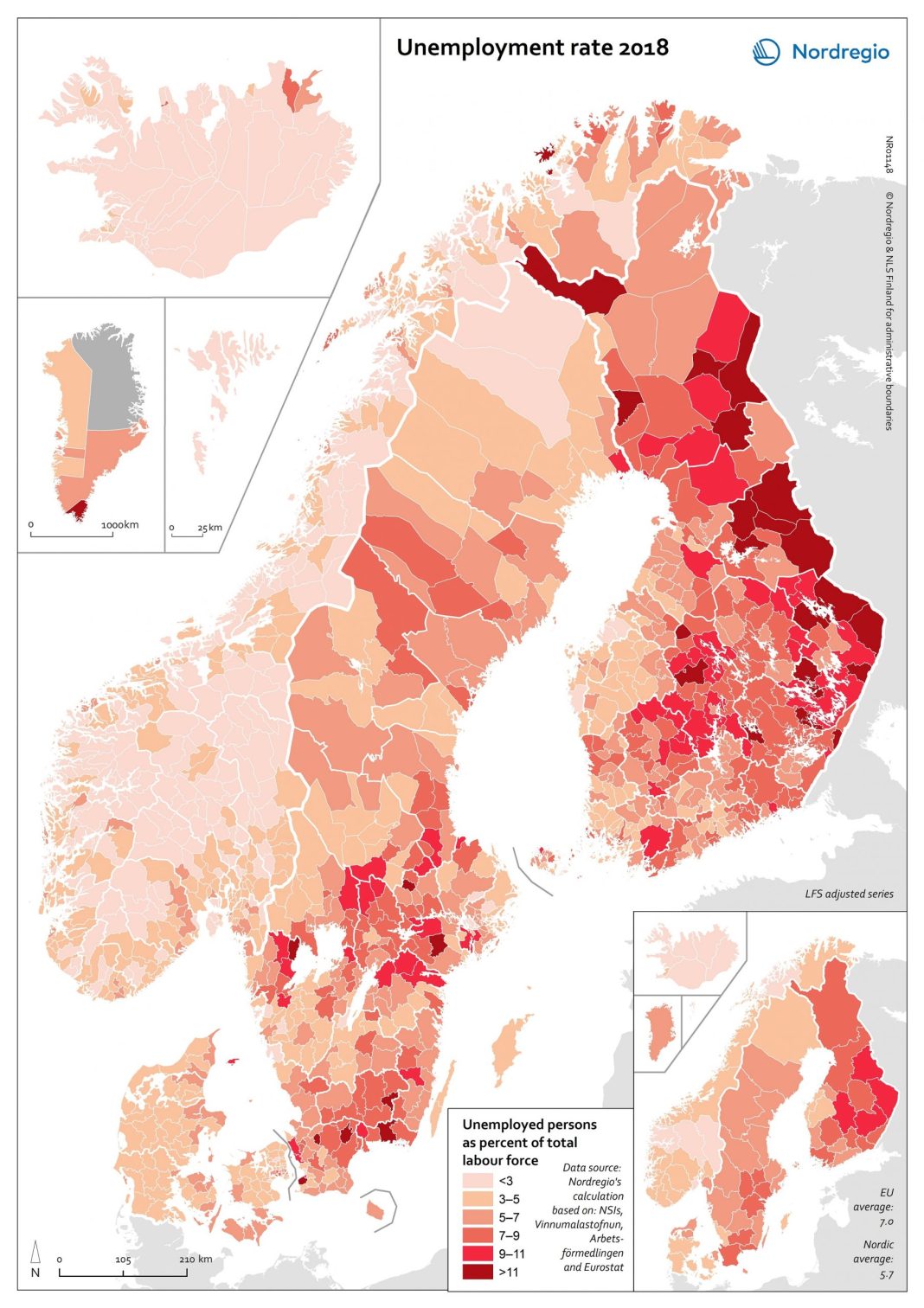
Higher homeowner insurance costs and property taxes may lead to an increase in mortgage delinquency rates this year, according to experts. The Mortgage Bankers Association (MBA) reported that the rate of mortgage delinquencies rose in the second quarter of this year, with loans at default for 60 days or less accounting for the annual surge. By the end of the second quarter, delinquency rates for 1- to 4-unit residential properties reached 3.97% of all outstanding mortgages, a three basis point increase from the first quarter and a 60 point increase from the second quarter of 2023.
Marina Walsh, CMB, MBA’s vice president of industry analysis, noted that the recent increase in delinquencies is correlated with the rising unemployment rate. Since January 2023, the unemployment rate has been steadily increasing, reaching 4.3% in July 2024. This trend in unemployment has been mirrored by the rise in mortgage delinquency rates.
Mississippi saw the largest quarterly increase in delinquency rates, followed by Louisiana, Indiana, Ohio, and West Virginia. Walsh also highlighted that the composition of mortgage delinquencies has evolved based on the stage of delinquency. Mortgages in the early stage of delinquency, unpaid for 60 days or less, accounted for the entire 60-point overall delinquency increase from the previous year. On the other hand, seriously delinquent loans, those 90 days or more delinquent or in foreclosure, fell to their lowest levels since 1984, as servicers are providing assistance to at-risk homeowners to avoid foreclosures through loan workout options.
During the pandemic, overall loan delinquencies, including mortgages and other debts, reached historic lows due to low interest rates and fiscal stimulus. However, as interest rates began to rise and excess savings from the pandemic depleted, delinquency rates started to increase. Mortgage delinquencies have remained below pre-pandemic levels, unlike credit card and auto delinquency rates, which have surpassed pre-pandemic levels. This difference is attributed to the fact that the majority of U.S. household mortgages have fixed rates, while auto and credit card debt is variable rate.
Foreclosure volumes are expected to gradually increase in the second half of the year, according to a survey by real estate marketplace Auction.com. Default servicing experts identified rising hidden housing costs, such as homeowners insurance and property taxes, as the biggest potential risks that could push up mortgage delinquency rates. While the risk of delinquencies rising rapidly in the near term is low, there are signs indicating that homeowners are under stress.
Despite these trends, completed foreclosure volumes in 2024 have remained at half the levels seen in 2019, mainly due to more robust loss mitigation options available after the pandemic. Foreclosure activity in the first half of the year was 4.4% lower than the previous year, and it is the fourth lowest since 2008. This suggests a potential stabilization in the housing market. States with the highest increase in foreclosure activity compared to the previous year were South Dakota, North Dakota, Kentucky, Massachusetts, and Idaho. The states with the highest foreclosure rates during this period were New Jersey, Illinois, Florida, Nevada, and South Carolina.

